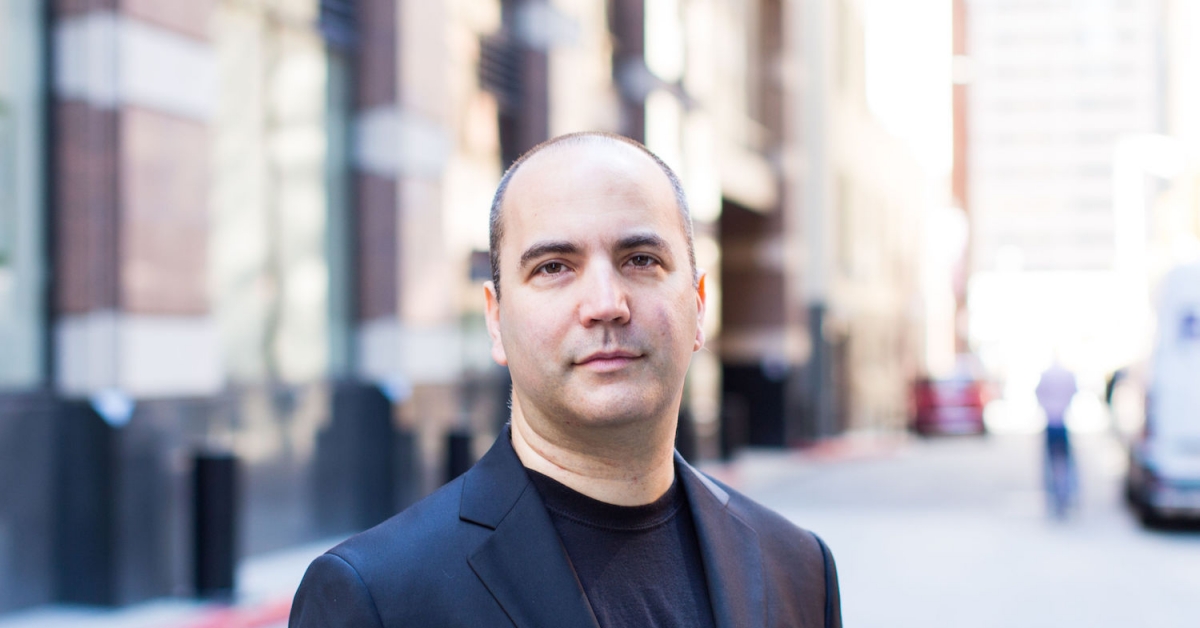ProgPoW is still just a proposal.
The controversial proposed change to Ethereum’s mining algorithm failed to change status after meeting resistance during Friday’s core developers call. Ethereum hard fork coordinator James Hancock said ProgPoW will not be included on the hard fork schedule going forward.
During the call, opponents of the long-discussed Ethereum Improvement Proposal (EIP) voiced their frustrations.
“ProgPoW people are a bunch of profit-seeking miners lobbying the core dev political committee to get what they want – full stop,” said SpankChain CEO and MolochDAO co-founder Ameen Soleimani.
“A hard fork is not just a technical process,” said Martin Koppelmann, founder of open finance startup Gnosis. “A hard fork means creating a narrative around it – convincing 20,000 people at the same time that this is the best thing to do right now.”
Matt Luogo, founder of crypto venture studio Thesis, joined Soleimani and Koppelmann in voicing his concerns. Luogo compared current ProgPoW tensions to 2017’s bitcoin (BTC) civil wars, which led to the creation of bitcoin cash (BCH). Tweaking the Ethereum hash algorithm isn’t quite worth a chain split, he said.
The latest
As CoinDesk previously reported, ProgPoW’s code was released in 2018 as a replacement to the current Ethash mining algorithm. The code was proposed as a remedy to an emerging trend of mining-power centralization around ASIC-wielding firms.
Some Ethereum community members viewed this trend as dangerous to the community and an unfair advantage against less capital-endowed miners (who typically use GPU-based rigs). The concern can also be found in other cryptocurrency circles, notably with monero (XMR), which has built-in code changes called every few months to disincentivize ASIC mining.
ProgPoW was nearly merged into Ethereum in January 2019, but failed at the eleventh hour due to third-party audits exposing key vulnerabilities. Earlier last month, ProgPoW popped back into the conversation as a hard fork candidate.
As of Friday, the EIP has been left on “final” status but has yet to receive core developer support to be executed as a major code change.
For and against
The common anti-ProgPoW argument centers on the transition to Eth 2.0 and its new Proof-of-Stake (PoS) consensus algorithm.
Under PoS, mining ether (ETH) will become a thing of the past. ProgPoW antagonists think addressing the current Proof-of-Work chain when the community is nearing its major switch to PoS is superfluous, if not dangerous.
“We should focus on PoS and communicating the transition to PoS where mining rewards are decreased over time,” said Koppelmann. “That alone would prevent people from doing large investments in six- or eight-gigabyte ASICs.”
Pro-ProgPoW members – represented on Friday’s call by Kristy-Leigh Minehan, an algorithm developer who helped create ProgPoW, and cryptocurrency educator Michael Carter – say the Ethereum network is liable to be captured by ASIC miners.
Minehan said GPU mining is a common way for people to enter the Ethereum community. Hobbyists will be walled off from the Ethereum garden if an algorithm change isn’t made, she said.
Minehan also pointed out a forthcoming study from CoinMetrics on so-called nonce patterns in ethereum mining. In crypto mining, machines look for a nonce, or a specific golden number, to create a block and receive a coin reward. In some situations, you can tell what portion of a network is running a certain model of mining rig depending on the nonce patterns guessed by the machines. Minehan said the study from CoinMetrics suggests that 40 percent of the Ethereum network is running on Bitmain’s Antminer E3 miner, an ASIC.
Unfortunately, the E3 will become obsolete in the next few months, said Minehan and Carter, alluding to a recent report from mining pool 2Miners.
Minehan and Carter say they fear a more powerful ASIC miner will replace the E3, creating a tech cycle that iPhone users are quite familiar with: planned obsolescence. Cornering the network into changing products every time Bitmain produces a new mining rig undercuts the network’s security, they said.
This fear becomes even more pressing given the size of the Ethereum network, said Starkware product manager Louis Guthmann. Creating a GPU-friendly Ethereum is good for the network’s robustness, he said.
A compromise between the two camps was also given screen time on the call. Authored by Ben DiFrancesco, founder of software advisor ScopeLift, this middle path would make ProgPoW a testnet for the time being.
After further audits, the code would be issued as an emergency backup in case of an “ASIC attack” on the current Ethash algorithm. What an ASIC attack is remains unknown, Ethereum developer Tim Beiko pointed out.
Tl;dr
As of now, nothing has been decided.
Core developers on the call said they feel the community is fairly anti-ProgPoW. Without this support, a change cannot be implemented even if perceived as a net benefit to the network.
As the call closed, DiFrancesco pointed out that both parties have begun talking past each other, though there does seem to be agreement on one thing: nobody wants a contentious chain split.
Disclosure Read More
The leader in blockchain news, CoinDesk is a media outlet that strives for the highest journalistic standards and abides by a strict set of editorial policies. CoinDesk is an independent operating subsidiary of Digital Currency Group, which invests in cryptocurrencies and blockchain startups.









